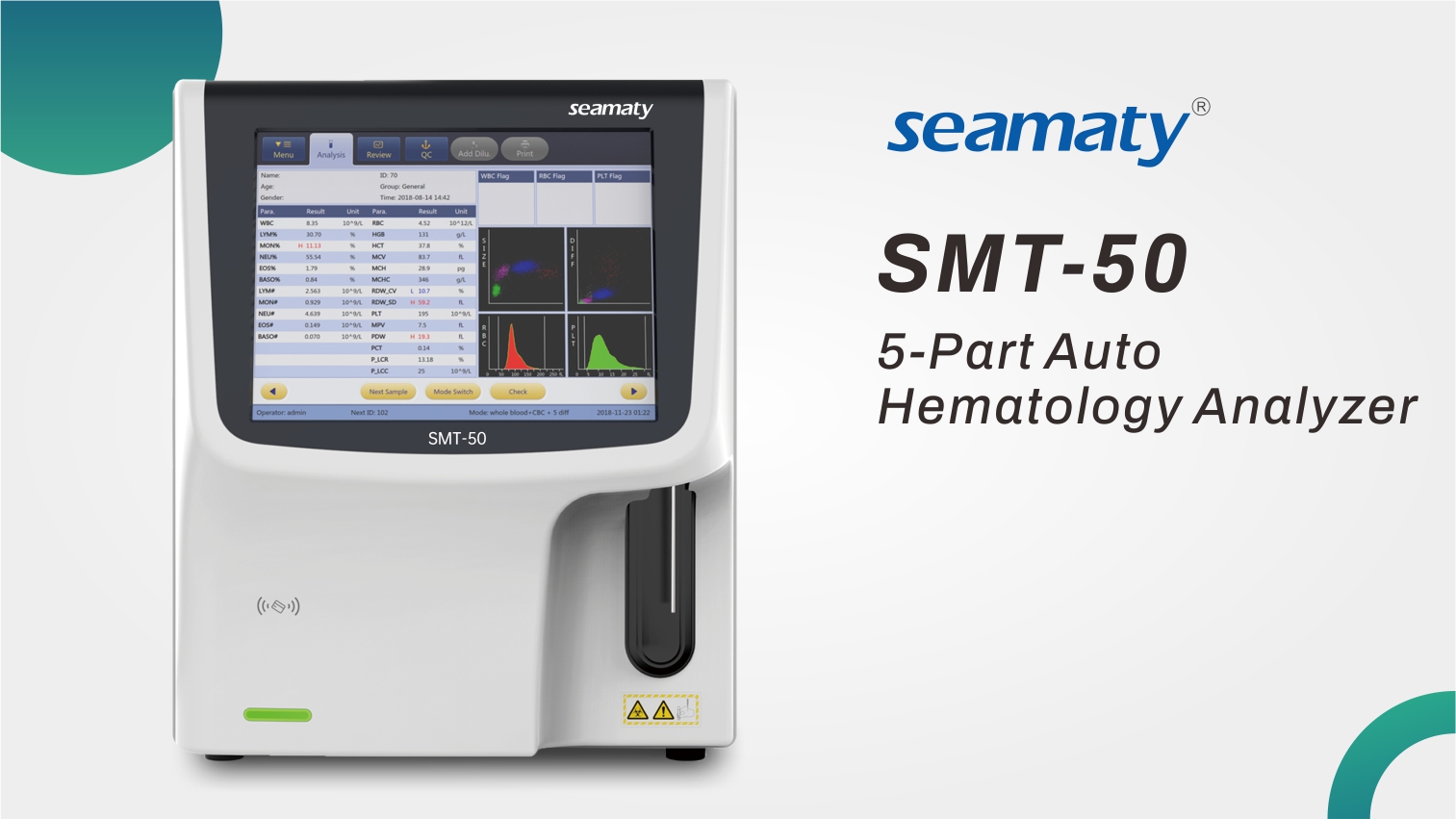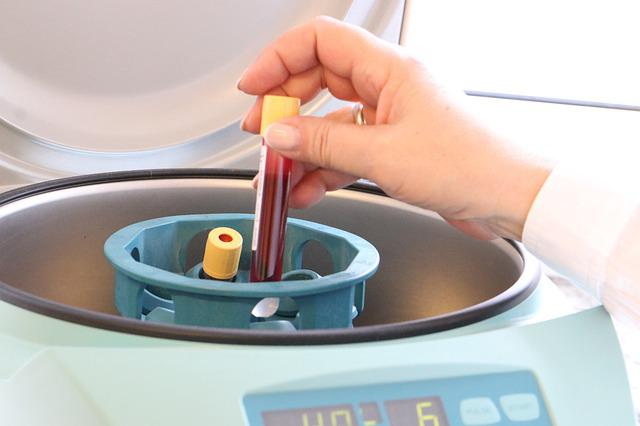At present, the mainstream biochemical analyzer manufacturers in the market mainly include Beckman, Hitachi, Toshiba, Roche, Myriad and so on. This article introduces the latest advanced technology and the performance advantages of each major component parameter of the current fully automatic biochemistry analyzer.
1. Fully automatic biochemical analyzer
The f
ully automatic biochemical analyzer is characterized by its high technical content, accuracy, precision, flexibility and efficiency. It has become one of the indispensable equipment in modern clinical laboratory department and is responsible for more and more heavy testing work.
Clinical laboratory testing has gone through the process of manual operation, semi-automatic analysis and fully automated analysis. The rapid development of science and technology makes the type of automatic biochemical analyzer constantly updated, the function is constantly improved, the detection speed is constantly improved.
The application and development of fully automatic biochemical analyzer makes the clinical biochemical test greatly improve the accuracy, precision and efficiency, to adapt to the development of clinical medicine on the quality and quantity of experimental diagnosis needs.
2. Fully automatic biochemical analyzer and related technologies
2.1 Optical path system
The optical path is the core of the detection part, and a high-quality and advanced optical path can make the detection results more accurate.
(1) Monochromator and detector
Currently, there are two main types of monochromators for biochemical analyzers, one is interference filter, the second is grating spectroscopy type.
Interferometric filters
Interferometric filters are low-priced, easy to select wavelengths by rotating, and easily deteriorated by moisture after permanent. And in the selection of wavelength accompanied by mechanical movement, not only increases the noise, vibration on the results of the impact, but also increases the failure rate of the instrument.
Grating spectroscopy type
No phase difference etched concave grating is the most advanced holographic grating today. Accurate spectroscopy, small half bandwidth, so that the detection of linearity is improved. The grating has a long service life, and the grating system does not require any maintenance, which can meet the requirements of clinical chemistry detection.
(2) Spectroscopic mode
Front spectroscopy: In the past is commonly used front spectroscopy. In the past, the photometer, between the light source lamp and the sample cup, the first filter or grating spectroscopy, through the adjustable slit, and the sample to obtain the amount of absorption of monochromatic light (absorbance).
Post-spectroscopy: And post-spectroscopy is a beam of white light (mixed color light) first shine to the sample cup. The light is then spectroscopically separated by a grating. Then a detector detects the absorption at any one wavelength. There are no moving parts in the optical path. There is no need to move any part of the instrument. Multiple wavelengths can be selected. This not only improves the efficiency and reduces the failure rate, but also significantly improves the accuracy of the analysis.
2.2 Temperature control system
The temperature of the automatic biochemical analyzer is generally set at 37℃. Temperature has a great impact on the experimental results. Therefore, it is required to control the temperature at ±0.3℃.
-
(1) Water bath thermostat: The initial automatic biochemical analyzer are using water bath. The advantage is that the temperature is uniform and stable. The disadvantage is slow temperature rise, long warm-up time and the need to add preservatives. However, due to the development of modern technology, some manufacturers have designed a high-speed secondary pre-temperature function, which solves the defects of the slow temperature rise of the water bath control.
-
(2) air dry bath: the advantage is that the temperature rises quickly, without maintenance. The disadvantage is that the temperature is susceptible to external ambient temperature, which leads to unstable test results.
-
(3) Circulating indirect heating of the thermostat: there is an air gap of a few millimeters between the colorimetric cup and the thermostat, and the thermostat reaches a constant temperature by heating the air in the gap. Its temperature stability is better than the dry bath worse than the thermostatic water bath, the disadvantage of the need to regularly replace the thermostatic fluid, the cost is high.
2.3 Stirring and cleaning system
The current advanced automatic analyzer uses a new stirring system.
2.4 Intelligent probe system
The probe is the basic system of automatic biochemical analyzer. It relies on the good performance of the probe to complete sample and reagent loading. Therefore, the probe system is the more important system of biochemical analyzer.
-
(1) commonly use three-dimensional structure, in the three-dimensional direction of loading and moving, with a large margin of maneuver. In order to increase speed and reduce contamination, samples and reagents do not use the same probe.
-
(2) Reliable flushing is used to keep contamination to a minimum.
-
(3) With the amount of tracking technology: the probe can automatically adjust the drop height of the probe based on the amount of dispensed liquid. In this way, the probe will automatically adjust its height regardless of how much sample volume or reagent volume needs to be refilled. This prevents the liquid from splashing onto the colorimetric cup when filling the liquid, ensuring the accuracy of ultra-microscopic detection.
-
(4) Automatic liquid level detection: the probe has a sensing device, the probe liquid level will automatically stop falling. This can protect the probe accidental damage and save reagents.
2.5 Dispensing System
Accurate filling of samples and reagents contributes to accurate test results. Therefore, biochemistry analyzer dispensing systems require excellent performance. Biochemistry analyzer dispensers are divided into several categories: common syringes, ceramic core syringes, and ceramic dispensing pumps.
The advantage of ordinary syringes is their low price, but the disadvantage is their low precision and relatively short life span. The advantage of ceramic core syringes is that the ceramic core is designed to resist wear and tear and has a long service life. The disadvantage is that the precision is not high.
The ceramic dispensing pump is designed with a ceramic core, which has a strong wear resistance and a longer service life. At the same time, it has a high dispensing accuracy, which ensures the accuracy of the sample and reagent addition and the high accuracy of the test results while ensuring the service life. It is the first choice for the most advanced dispensing system.



